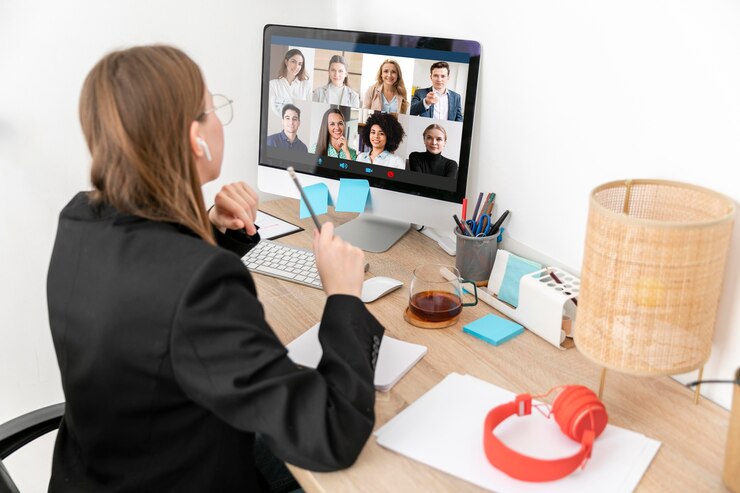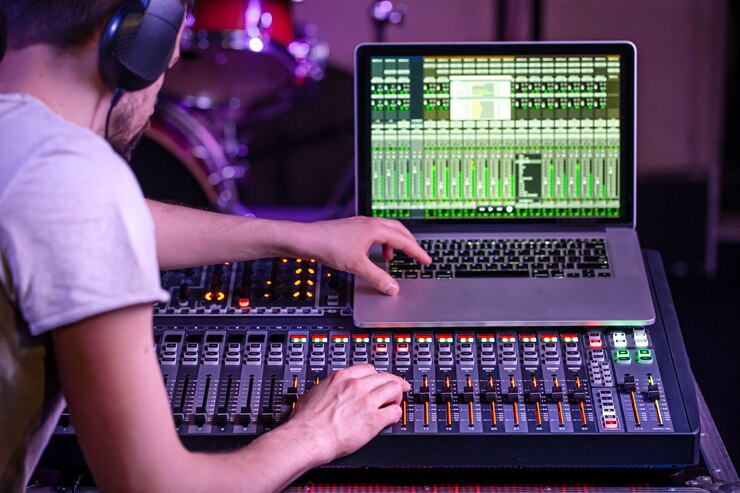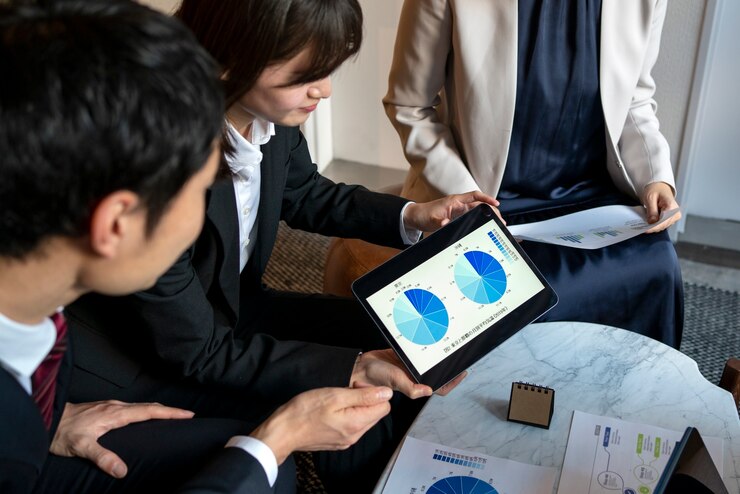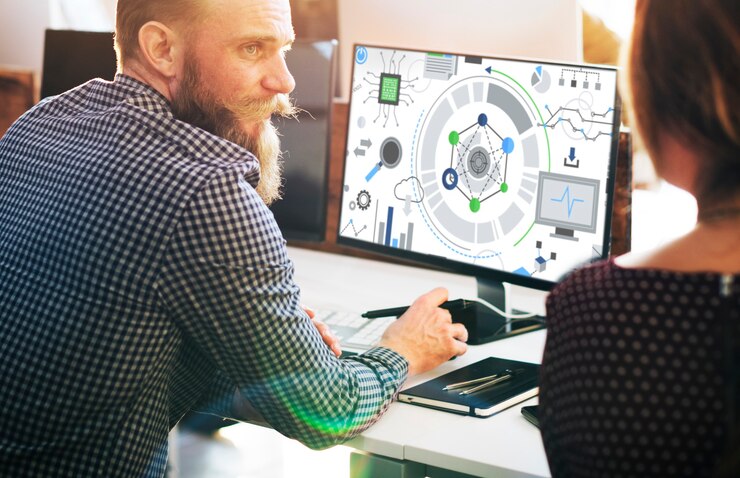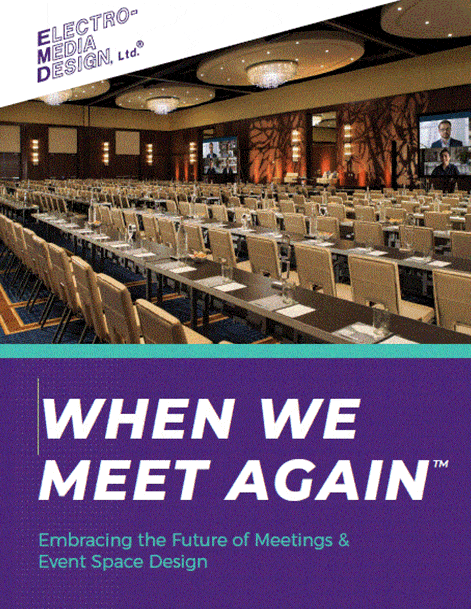By using our website, you agree to the use of cookies as described in our Cookie Policy
Optimizing Sound Quality: Key Considerations in Audiovisual System Design
In the world of audiovisual system design, ensuring optimal sound quality is paramount. Whether it's a large-scale event, a corporate meeting, or a worship service, the quality of sound can significantly impact the overall experience and engagement of the audience. To achieve exceptional sound quality, several key considerations must be taken into account during the audiovisual system design process. In this blog post, we will explore these essential considerations and provide insights into how they can be effectively addressed.
1. Acoustic Analysis and Design:
One of the fundamental aspects of optimizing sound quality is conducting a thorough acoustic analysis of the space. Acoustic consultants can assess the room's characteristics, such as size, shape, materials, and reverberation, to determine the optimal sound system design. By understanding the room's acoustic properties, designers can make informed decisions about speaker placement, sound absorption, and diffusion to achieve balanced sound distribution and minimize unwanted reflections.
2. Speaker Selection and Placement:
Choosing the right speakers and strategically placing them is crucial for delivering clear and immersive sound. Factors such as room size, audience capacity, and desired sound coverage must be considered when selecting speakers. Different types of speakers, including line arrays, point source speakers, and subwoofers, may be required to meet specific sound reinforcement needs. Proper placement of speakers, considering factors like dispersion angles and coverage patterns, ensures even sound distribution throughout the space.
3. Audio Processing and Signal Flow:
An effective audiovisual system design involves carefully considering the signal flow and processing of audio signals. Digital signal processing (DSP) plays a vital role in optimizing sound quality. Through equalization, dynamic range control, delay compensation, and other processing techniques, audio engineers can tailor the sound to suit the acoustics of the room and the desired listening experience. Additionally, proper signal routing and integration with other audiovisual components, such as microphones and mixing consoles, contribute to a seamless and efficient audio system.
4. Microphone Selection and Placement:
Microphones are essential tools for capturing high-quality audio during events, presentations, and performances. Choosing the right type of microphone for each application is crucial to ensure accurate sound reproduction and minimize unwanted noise. Factors such as microphone polar patterns, frequency response, and sensitivity should be considered. Proper microphone placement techniques, including proximity, positioning, and avoiding feedback, are also essential to capture clear and intelligible sound.
5. Room Equalization and Calibration:
Even with the most advanced audiovisual system, room acoustics can present challenges that affect sound quality. Room equalization techniques, such as using digital room correction systems, can help compensate for acoustic anomalies and optimize frequency response. Calibration processes, including sound system alignment, measurement, and tuning, ensure that the audio system performs optimally in the specific room environment.
6. User-Friendly Control Systems:
To simplify the operation of audiovisual systems and maintain consistent sound quality, user-friendly control systems are essential. Intuitive interfaces, touchscreen controls, and automated presets enable users to easily adjust sound levels, switch between audio sources, and manage different audio zones. Well-designed control systems promote user engagement and empower presenters, technicians, and event organizers to deliver seamless audio experiences.
7. Ongoing Maintenance and Support:
Ensuring long-term sound quality requires proactive maintenance and support. Regular system inspections, software updates, and equipment servicing help identify and address any issues that may affect sound quality. Collaborating with audiovisual design and consulting experts who provide dedicated support and maintenance services can help ensure that the system continues to perform optimally over time.
Conclusion
Optimizing sound quality in audiovisual system design is a multifaceted process that involves careful consideration of acoustic characteristics, speaker selection and placement, audio processing, microphone techniques, room equalization, user-friendly control systems, and ongoing maintenance. By addressing these key considerations, audiovisual professionals can create immersive sound experiences that captivate audiences and enhance the overall impact of events, meetings, and performances. Collaborating with experienced consultants and designers, such as Electro-Media Design, Ltd., ensures that every aspect of sound quality is meticulously planned and executed, resulting in exceptional audiovisual solutions that exceed expectations.
‹ Back



